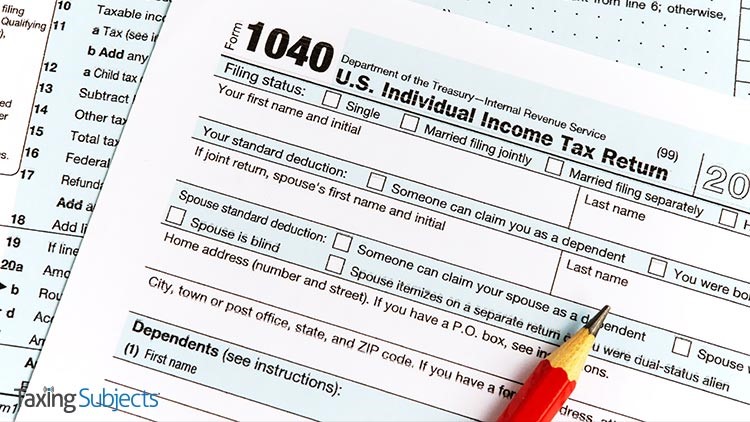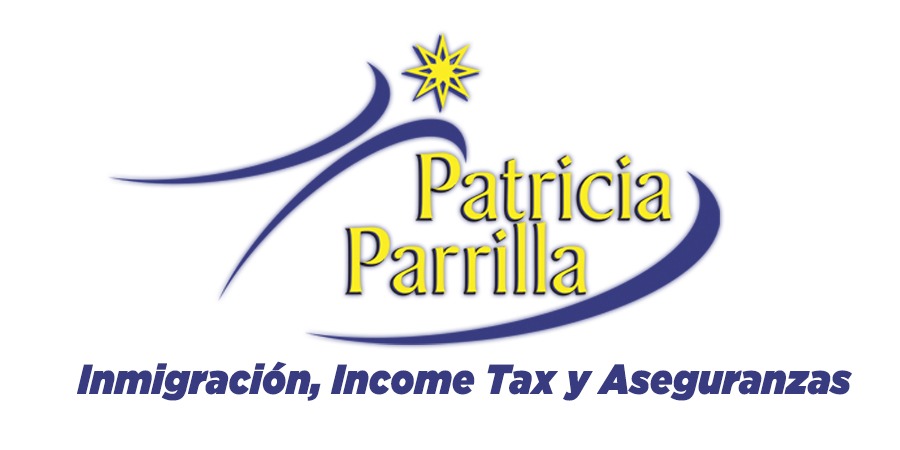
With 2020’s extended tax deadlines due to the coronavirus pandemic, it seems like we just wrapped up the previous tax season. But believe it or not, the next filing season kicks off Jan. 1, 2021.
The Internal Revenue Service is encouraging taxpayers to begin organizing their tax-related documents now, to avoid confusion later on. The IRS has even put together a special web page that outlines the steps that taxpayers can take now to prepare for the 2021 filing season.
Make filing easier in ‘21.
The first step toward filing, of course is to gather the necessary paperwork or electronic files that every taxpayer needs to file. Forms W-2, Wage and Tax Statement; Forms 1099-MISC, Miscellaneous Income; and other income documents help determine if the taxpayer is eligible for deductions or credits.
They’ll also need their Notice 1444, Economic Impact Payment, to calculate any Recovery Rebate Credit they may be eligible for on their 2020 federal income tax return.
The best rule of thumb is that most income is taxable, including unemployment compensation, refund interest and income from the gig economy and virtual currencies.
Taxpayers with an Individual Taxpayer Identification Number (ITIN) should ensure it hasn’t expired before they file their 2020 tax return. If it has expired, the IRS recommends they submit a Form W-7, Application for IRS Individual Identification Number, now to renew their ITIN.
Taxpayers who fail to renew an ITIN before filing a tax return next year could face a delayed refund and could even be ineligible for certain tax credits.
Also on the income side, taxpayers can use the Tax Withholding Estimator on IRS.gov to help calculate the right amount of tax to have withheld from their paychecks. If they need to adjust withholding for the remainder of the year, time is running out. It’s best to submit a new Form W-4, Employee’s Withholding Certificate, to their employer as soon as possible.
Those who received non-wage income like self-employment income, investment income, taxable Social Security benefits, and in some instances, pension and annuity income, may have to make estimated tax payments.
Payment options can be found at IRS.gov/payments.
No EIP? Check into the Recovery Rebate Credit!
Taxpayers may be able to claim the Recovery Rebate Credit if they met the eligibility criteria in 2020 and:
- They didn’t receive an Economic Impact Payment this year, or
- Their Economic Impact Payment was less than $1,200 ($2,400 if married filing jointly for 2019 or 2018) plus $500 for each qualifying child.
- For additional information about the Economic Impact Payment, taxpayers can visit the Economic Impact Payment Information Center.
Interest on a refund is taxable.
Taxpayers who got a federal tax refund in 2020 may have been paid interest. The IRS sent interest payments to individual taxpayers who timely filed their 2019 federal income tax returns and received refunds. Most interest payments were received separately from tax refunds.
Interest payments are taxable and must be reported on 2020 federal income tax returns. In January 2021, the IRS will send a Form 1099-INT, Interest Income, to anyone who received interest totaling at least $10.
Although the IRS issues most refunds in less than 21 days, the IRS cautions taxpayers not to rely on receiving a 2020 federal tax refund by a certain date, especially when making major purchases or paying bills. Some returns may require additional review and may take longer.
Some Refunds Not Available Until March
By law, the IRS can’t issue refunds for people claiming the Earned Income Tax Credit (EITC) or Additional Child Tax Credit (ACTC) before the middle of February. The law requires the IRS to hold the entire refund – even the portion not associated with either the EITC or ACTC.
The IRS expects most refunds related to these two credits to be available in taxpayer bank accounts or on debit cards by the first week of March if they chose direct deposit and there aren’t any other issues with their tax return.
Taxpayers should use the Where’s My Refund? online tool to track their refund payment.
Stay home and stay safe with IRS online tools.
Taxpayers can find online tools and resources to help get the information they need. These IRS.gov tools are easy-to-use and available 24 hours a day. Millions of people use them to find information about their accounts, get answers to tax questions or file and pay their taxes.
Taxpayers also have several options to find a tax preparer. One resource is Choosing a Tax Professional, which offers a wealth of information for selecting a tax professional.
The Directory of Federal Tax Return Preparers with Credentials and Select Qualifications can help taxpayers find preparers in their area who currently hold professional credentials recognized by the IRS, or who hold an Annual Filing Season Program Record of Completion.
Source: IR-2020-256

 Patricia Parrilla Tax Services
Patricia Parrilla Tax Services